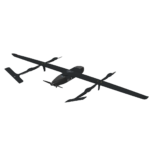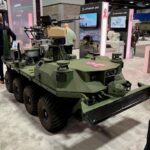
Current Defense Department unmanned aircraft systems (UAS) are expensive and suffer from low production rates due to design and manufacturing issues and the department is seeking solutions for affordable unmanned aerial system that can be mass produced and avoids vendor-lock by benefiting from modular open architecture. The Defense Innovation Unit (DIU) on Wednesday issued a solicitation for the Enterprise Test Vehicle that can achieve its first flight testing within seven months of award to “demonstrate an aerial platform that prioritizes…

 By
By 











